Calibration Certificate Comparison
The Transcat Difference starts well before you get your calibrated item and calibration certificate.
Double Check
All Out-of-Tolerance occurrences are double or re-verified using an alternate test method, a different technician, or a different calibration standard.
Multiple Audits
All Transcat Labs undergo multiple different types of audits:
- Yearly (at a minimum) Internal Technical and Quality Lab Audits
- Random Daily Data-Desktop Audits
- Over-the-Shoulder "Technical" Audits
- Random Daily Parameter Verification Audits
Uniform Calibrations Across Our Lab Network
Each Transcat lab uses the same:
- Quality System and Processes
- Datasheets
- Calibration Management System
- Technicians with Uniform Technical Training
Technician Certifications
Many Transcat Technicians are ASQ Certified Average Technician Experience is 15 Years
But seeing is believing. Trust the Transcat Difference based on things you can see for yourself, such as the below calibration certificate comparison. This comparison looks at certificates by Transcat and a competitor for a Hart Scientific 5614.
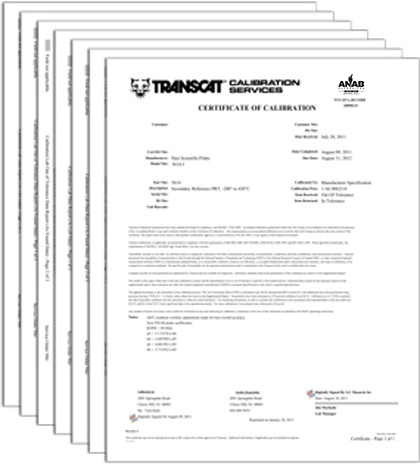
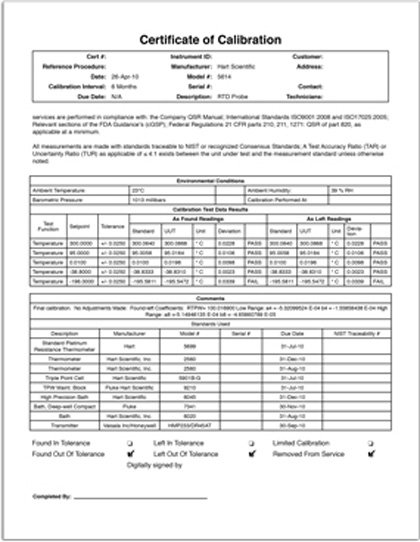
1. Each of these certificates provides a statement defining when the company will provide uncertainties.

- Transcat provides a definition of uncertainties, how the Test Uncertainty Ratio (TUR) is calculated.
- Uncertainties are provided anytime the TUR is less than 4:1 or when the customer selects that level of service.
- Transcat states they use a TUR of 4:1 or better unless otherwise noted, and that a 4:1 TUR or greater provides reasonable confidence the item being calibrated is within the stated tolerance.

- The Competitor states "TAR or TUR is less than or equal to 4:1 unless otherwise noted". In order to have reasonable confidence that the item being calibrated is within the stated tolerance the accuracy of the asset doing the calibration needs to be higher the item being calibrated. Less than 4:1 does not provide the confidence customer needs.
2. When looking at the set points the best practice for the calibration of Standard Platinum Resistance Thermometers is to use fixed points where possible. Fixed point cells provide much better uncertainties and better TUR's than comparison points.
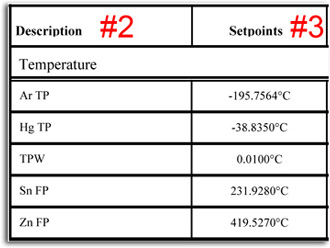
- For the Hart Scientific 5614 probe, Transcat uses the Freezing Point of Tin, the Freezing Point of Zinc, Triple Point of Water, Triple Point of Mercury, and Triple Point of Argon as the fixed points. Transcat uses fixed points whenever possible.
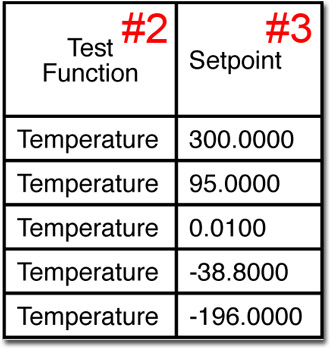
- The Competitor only uses one fixed point cell, the Triple Point of Water (TPW). This process will give poorer uncertainties.
3. Another best practice is to test the full range of the item being calibrated. This ensures that no matter what interval of the range the customer uses the item, they can be confident in its readings.
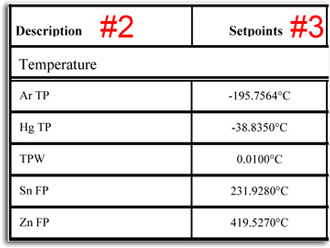
- Using the fixed points available, Transcat tested the probe (range of -200°C to 420°C) at -195.7564°C, -38.8350°C, 0.0100°C, 231.9280°C and 419.5270°C.
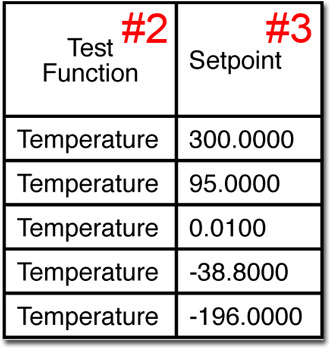
- The Competitors highest tested point was 300° Celsius which is not adequate for a 420° Celsius probe. (range of -200°C to 420°C) at -196.000°C, -38.8000°C, 0.0100°C, 95.0000°C, and 300.0000°C. The last point is under 100 degrees from the high end of the probe's range.


